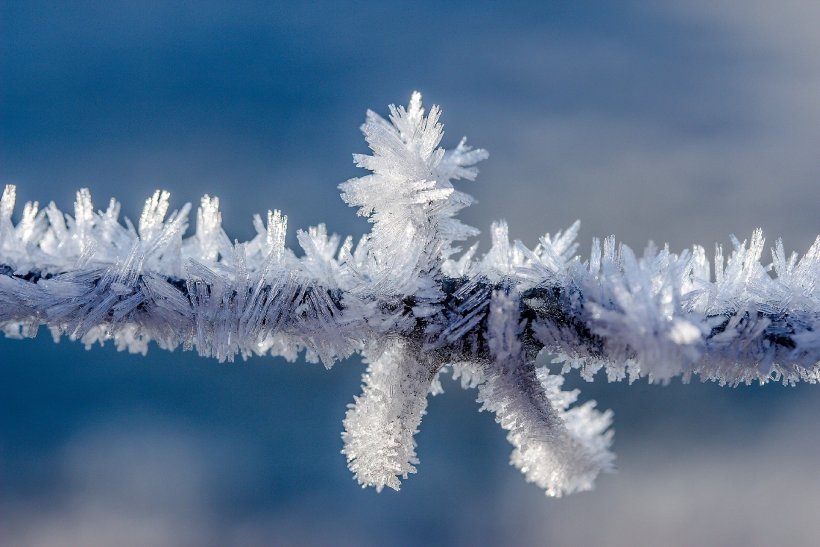Brrrrrr-acing for Winter

The shortest day and longest night of the year will fall on December 21st., marking the winter solstice and the start of the coldest of the seasons. While other definitions place the start of winter as December 1st, temperatures have been falling steadily since the summer and the solstice is a timely reminder that heating indoor spaces will only become tougher as we journey into the new year.
Important to warm homes in a sustainable manner
Our winters are set to become colder still as the government-declared climate crisis threatens temperatures across the globe. As global warming melts Arctic and Greenland ice seven times faster than in the 1990s, fresh water is released into the ocean at high latitudes. In turn, this weakens circulation of warm water in the North Atlantic Ocean, meaning that Western Europe is no longer protected by thermal energy in ocean currents. This means the UK will be more exposed to outbursts of cold air from the Arctic which could result in increased winter deaths.
It’s vital to heat buildings sustainably through the harsh winter months in order to reduce environmental impact. As our winters continue to get colder, it’s important to consider investments that improve energy efficiency in buildings. Improving insulation is the first step, followed by replacing old, inefficient heating systems with modern, intelligent alternatives. There are many options available and one common replacement that our teams often see successfully specified is the high heat retention storage heater (HHRSH). Residents using traditional storage heating might dread winter, however, the application of smart controls and modern technologies allow electrically heated homes to reduce energy use and running costs while increasing comfort and control.
Preserve health during the winter
There are, however, potentially negative side effects to retreating into well-insulated, warm homes during the winter. Research carried out by the National Air Quality Testing Service (NAQTS) revealed that pollution was up to 3.5 time higher inside the home than outside. It’s always important to achieve good indoor air quality (IAQ), yet doing so is much more of a challenge during the winter for a variety of reasons.
The increased activity within the home during winter means more moisture caused by cooking, breathing, and having to dry laundry indoors. This in turn causes mould, which produces toxic volatile organic compounds (VOCs). When breathed in on a regular basis, these can cause respiratory problems such as bronchitis, asthma or even cancer. A third of new childhood asthma cases in Europe are attributable to air pollution. It’s an issue that claims 7 million lives globally each year, causing the director-general of the World Health Organisation Tedros Adhanom to describe it as “the new tobacco”. Mechanical extract ventilation can stop the degradation of IAQ and prevent the threat of mould by extracting stale moisture-laden air, particularly in the moisture-producing areas of a home such as the bathroom. There’s a wide variety of other ventilation systems available that can monitor and react to undesirable atmospheric conditions within the home, so poor indoor air quality needn’t be an unwanted side effect of your building improvements.
As the days become shorter and colder and we are forced to spend more time indoors, special attention must be afforded to the way we heat and ventilate our homes to ensure everyone has a ‘safe haven’, away from cold and wet conditions. A warm, fresh home is the perfect antidote to the doom and gloom of winter and we offer a range of HVAC solutions that can help achieve these conditions.
Heat design for the home
If you would like to know more about how we can help you to keep homes warm and healthy this winter; perhaps to better understand heat loss and load, or to ensure your home heating and ventilation is compliant with the latest sustainability regulations or how best to budget for a new heating system, please contact our dedicated Application Design Team.

